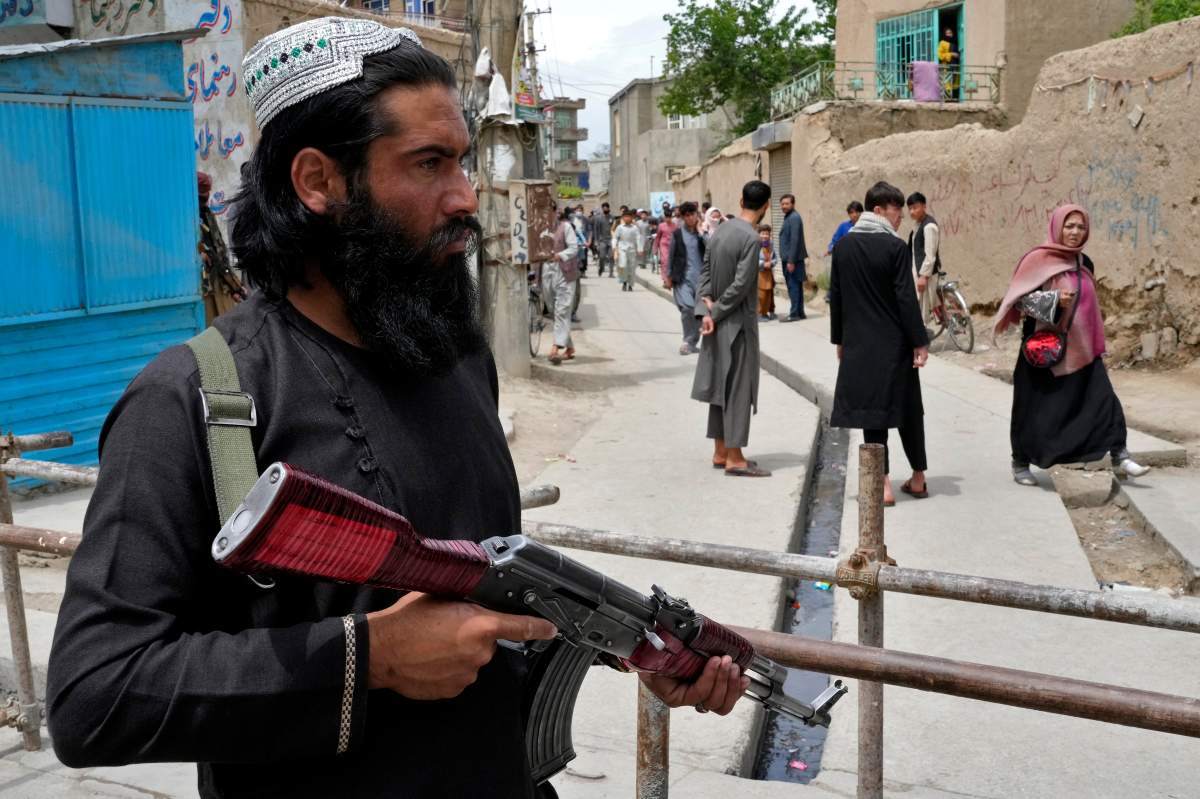According to a new research by University of Regina the Taliban deployed Facebook, WhatsApp, YouTube and most of all Twitter in the brief time it took to retake Afghanistan.

They issued hundreds of premature victory declarations via Twitter to amplify their messages and create a sense of inevitability. Their smartphones were just as handy as their rifles when they stormed Kabul on August 15, suggests the research.
Lead author Dr. Brian McQuinn said that using social media to as a tool for political gain is quite an international phenomenon.
“I think we’ve all experienced it here in Canada through the pandemic and through a number of events like the the the trucker convoy to Ottawa. How social media has really transformed the way in which small groups of people can leverage their communities and funding and their ability to actually have an impact on the sort of larger political body.”
McQuinn said that Twitter was used as the gateway to link all other social media because moderation on Twitter was basically nonexistent.
“Of the 126,000 accounts that had some engagement with the Taliban content, only 49 were ever in any way sort of moderated or curtailed. So that meant they were basically are able to open up to operate in the open and operate freely.”

Get daily National news
He added that most efforts of moderation by social media companies are focused in North America, “87% of the money that Facebook spends on moderation is spent just in North America, and they only account for 7% of the overall user base of Facebook,” McQuinn said. “That means that largely groups working in other parts of the world have almost no moderation whatsoever, unless it’s very obvious, unless it goes viral. These companies just don’t have the resources or have chosen not to have the resources to really track this at a scale that would be have a meaningful impact.”
They report studies 63 accounts claimed by the Taliban leadership, spokespersons, and avowed members from April 1 to September 16, 2021. These accounts had more than 2 million followers on Twitter in September 2021. As of May 8, 2022, Taliban content reaches more than 3.3 million accounts.
According to the report, Taliban tweeted well over 100,000 times between April and mid-September 2021. A supportive social media ecosystem of at least 126,000 Twitter accounts then amplified these messages, retweeting Taliban-authored content nearly one million times.
The group was so effective at using Twitter to reach domestic audiences that it generated over four times more engagement on the platform than the content of 18 mainstream Afghan news organizations combined.
Researchers confirmed that the average Taliban Twitter account published 23 times more content than the average Taliban Facebook page.
The report said that Twitter appears to be profiting from the Taliban’s presence on the platform. Research indicated that Twitter placed sponsored ads paid for by U.S. and Canadian companies including Amazon, Disney, McDonalds, Canadian Imperial Bank of Commerce. These ads were on 30 percent of Taliban branded accounts like the Taliban spokespersons and senior leaders.
The study also reveals that Twitter continued to place advertisements on accounts that it had flagged for posting “potentially sensitive content”.
“Twitter was monetizing these leadership and their followers presence on Twitter. So irrespective of what you think about their ability to do as authorities, should Twitter be making money off those accounts and what they’re doing?,” McQuinn said. “If you’re looking at this account and wondering, is this a terrorist network? Obviously, this is this is a pretty bad set of people. But then you have McDonald’s and Amazon and CIBC advertising on these pages. It adds a certain amount of legitimacy to to to those pages.”
The report threw light on Twitter’s failures in moderation. “A mere 49 of more than 126,000 accounts in the Taliban support network show evidence of moderation action by Twitter. The vast majority (83%) of Taliban-associated accounts were created before 2021, long before platforms could claim that their presence was permissible because they represented the governing authority in Afghanistan.”
These accounts also shared content, including graphic images and videos depicting dead and decomposing bodies, in direct violation of Twitter’s stated policies on posting and distributing
sensitive content. In addition, three-quarters of the Taliban’s content was produced by only 20 accounts, suggesting that relatively straightforward moderation efforts could have greatly curtailed the content generated by the group.








Comments